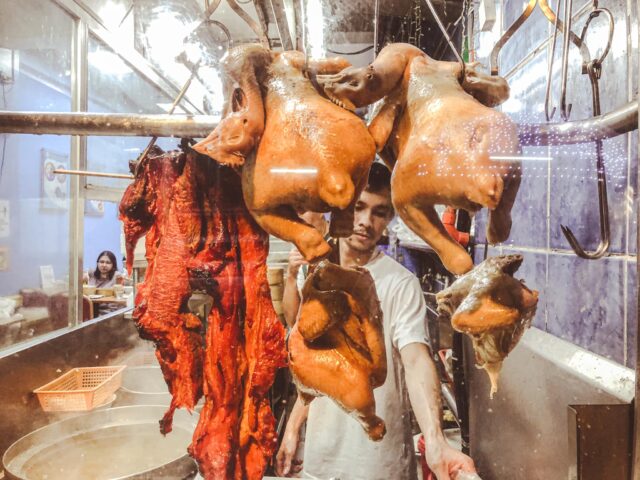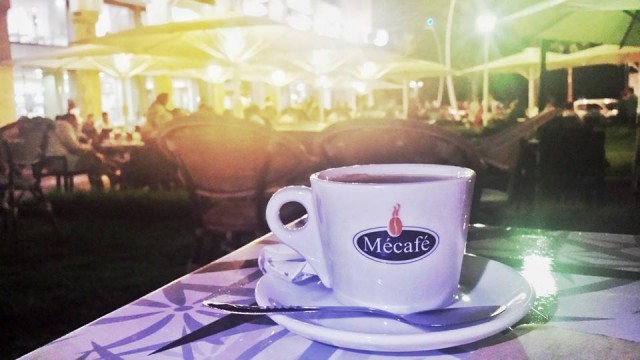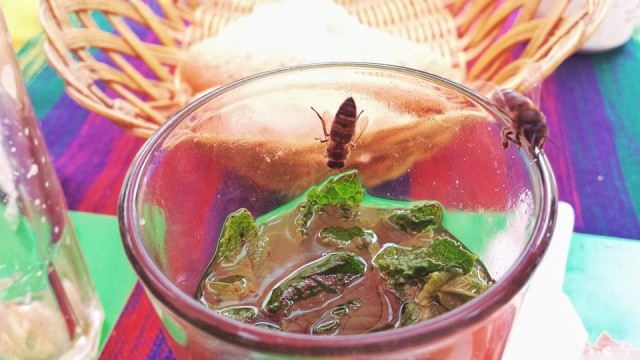Artist Statement
Like the great celebration of Easter after days of Lenten Abstinence from meat and poultry, food from across cultures, is used in so many ways — as an inspiration, as a way to reveal characters and even as an aid to seduction.
The smells of food are like souls that represent religious symbolism, rituals, celebrations. Without us noticing, food dictates our roles in the family and the rules of the community. The type of food we eat measures our equality of life.

But how is a cuisine is born?
From varieties of fruits and vegetables and from the efforts of farmers and fisherman, this photo documentary has two objectives. First, to raise an interest on the lives of the people who cook them, the relationships they maintain,and the culture they transmit. And second, to make the viewer explore the profound roles that food plays in our lives.
The bond we share with others is strongly sustained when we share food because, most importantly, food is about caring and we work all our lives not to be hungry.
As a means to recover from their losses after a storm devastated their village, women and mothers planted vegetables in their gardens for consumption and for selling around the community


Ever wonder about the farmers who plant the rice and vegetables you eat on your table?


Fabrice Rigois, our head chef in Lacoste. Originally from Paris, has two boys, smokes thin cigars, sees Turkey as a hazardous vacation destination, and cooks great paella.


Binondo is the oldest chinatown in the world. Established in 1594 for the chinese settlers in the Philippines, Binondo was once a muddy land before becoming the central district of commerce, housing the first HK and Shanghai Bank headquarter in the world outside Hong Kong. The place boasts of diverse culture and good food. Wai Ying, serving milk tea and duck dishes is a famous favorite, and the the country’s oldest restaurant in Chinatown, New Toho Food Center that opened 1866 is still serving the crowd favorite —lumpiang shanghai, yang chow rice, and pancit guisado.



And if you are feeling adventurous, the estero is the place to get tasty frog legs. Chicken is also available.

Asin Tibuok is one of the Philippines’ artisan sea salt. Sold for 100usd or more outside the country, this salt is rare and takes months to make. This salt is earth and has a smokey undertone. During harvest season, salt makers would trade this for rice. Before money, the Philippines is known for its barter tradition. With only one family left who still practices this traditional salt-making process, there is a community effort to teach, pass the skills, and revive this industry.

Because the roads are blocked and the cities were on locked down, farmers cannot take their produce to the city to sell them. In a effort to save the vegetables, most farmers would give them away or sell their produce for a very cheap price. These tomates were Php 8/kg (0.14 usd). We bought 25kg to use in the house and to distribute to our neighbors and community.

Coffee when it’s near midnight? Why not. During Ramadan, the streets in Morocco come to life at night. Families are leisurely walking on the streets and friends are hanging out in cafes. The “day” has just begun.



No plastic cups in Sefrou. Local tea shops serve their drinks in glasses you can take with you provided you bring them back after you’re finished.


In Morocco, bees are allowed to taste test your tea…and bread…and everything else on the table. Bees are considered as good luck and abundance. Culturally, locals like it when their bakeries are swarmed with bees. It is frowned upon to swat them.

I was at this little Chinese cake store in Sham Shui Po. Eyed their stuff and was drawn to this pink bun. I pointed at it and asked how much. The Chinese lady, in her very limited English, inquired of what I want the bun for.
“for eat?” she quizzed.
I affirmed by nodding my head, confused.
“NO”, she said, “this is for Buddha”. I
pointed at it again and she, again, denied me a sale.
Apparently they sell specific buns and cakes for Buddha offering not meant for consumption. I think I looked pitiful looking at it that she stretched her hand and offered, “ok ok, picture only”. It’s been two days now…and I am still wondering how that bun would taste.

Typical lunch scene at Central District every Sunday. Filipina Migrant women creat “restaurants” using cardboards and secretly sells food as hawking is not aloud in Hong Kong.


Final Output of Project: Photo Book, 100-150 pages. with stories and narratives; printed double sided, with approximately 80 colored and b/w photographs.
Cover Dimension of 8.75” x 11.25”, Book Orientation: Landscape,
Paper Dimension: TBD, Paper Type: 115# archival, acid free

